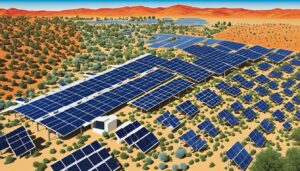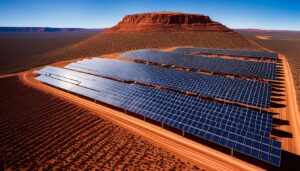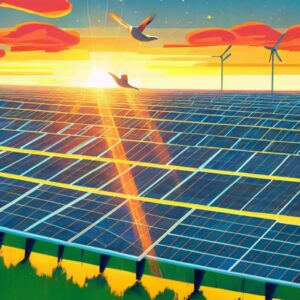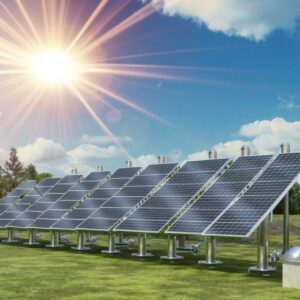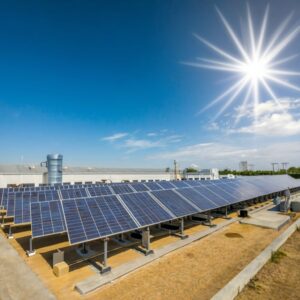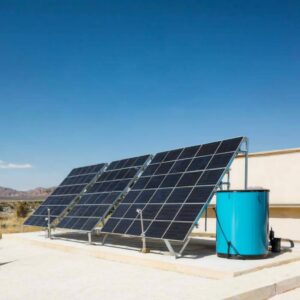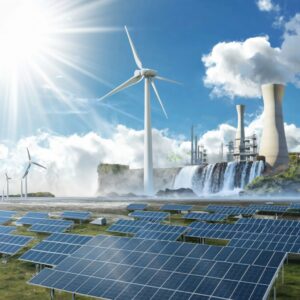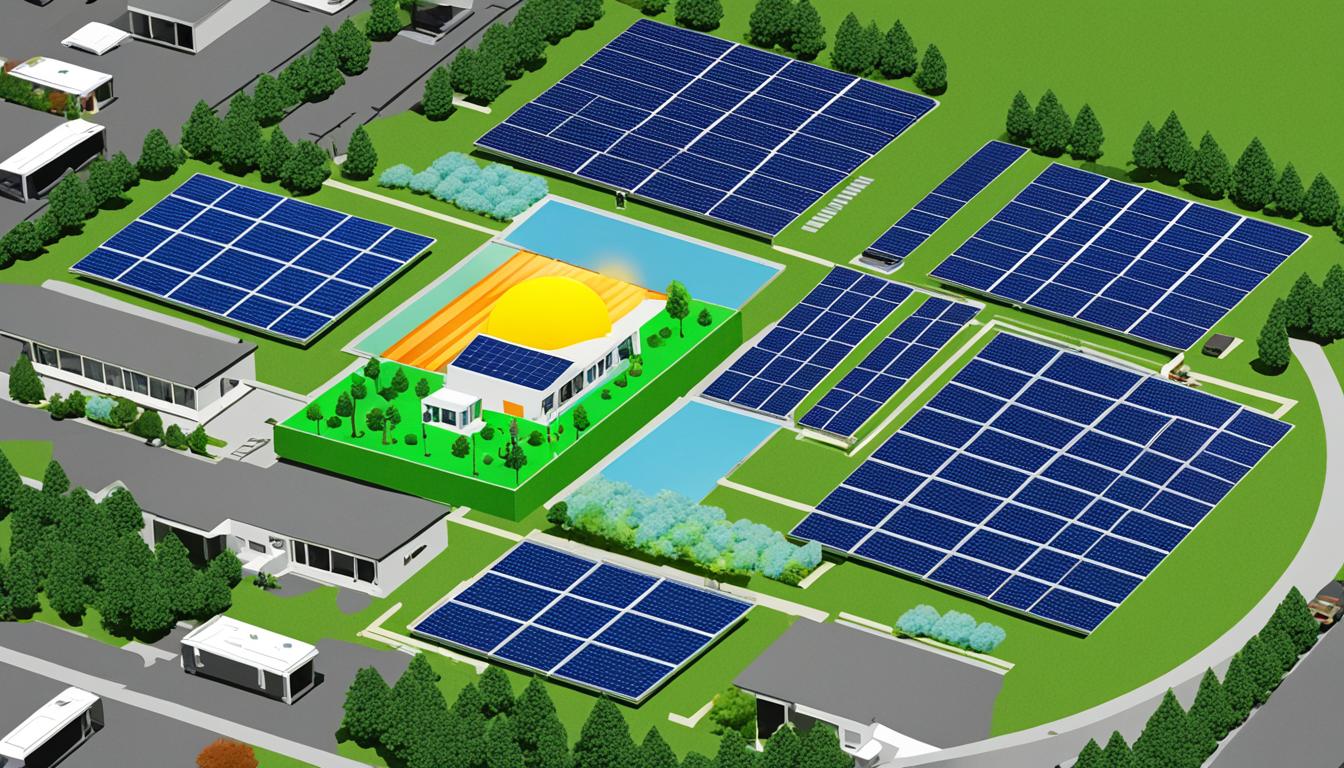
PV capacity is a crucial metric that quantifies the potential of solar energy systems to power our future sustainably. It refers to the maximum amount of energy that a photovoltaic (PV) system can produce under optimal conditions. PV capacity is measured in kilowatts (kW) or megawatts (MW) and is an important factor in determining the size and effectiveness of solar installations. By understanding PV capacity, we can assess the capability of solar energy to meet our energy demands and transition to a more sustainable future.
Key Takeaways:
- PV capacity refers to the maximum energy output of a solar energy system.
- It is measured in kilowatts (kW) or megawatts (MW).
- PV capacity is determined by factors such as solar panel efficiency, sunlight intensity, temperature, and shading.
- Understanding PV capacity allows for better planning, resource allocation, and financial savings.
- PV capacity contributes to reduced carbon emissions and a more stable energy grid.
How PV Capacity is Determined
Several factors contribute to the determination of PV capacity. Firstly, the solar panel efficiency plays a crucial role. Higher efficiency panels can convert a greater amount of sunlight into electricity, resulting in a higher capacity. Secondly, sunlight intensity is another important factor. Areas with high solar irradiance receive more sunlight energy, leading to increased PV capacity. Additionally, temperature also affects PV capacity, as hotter temperatures can reduce panel efficiency. Lastly, shading from trees, buildings, or other obstructions can impact the amount of sunlight reaching the panels, lowering the overall capacity of the system.
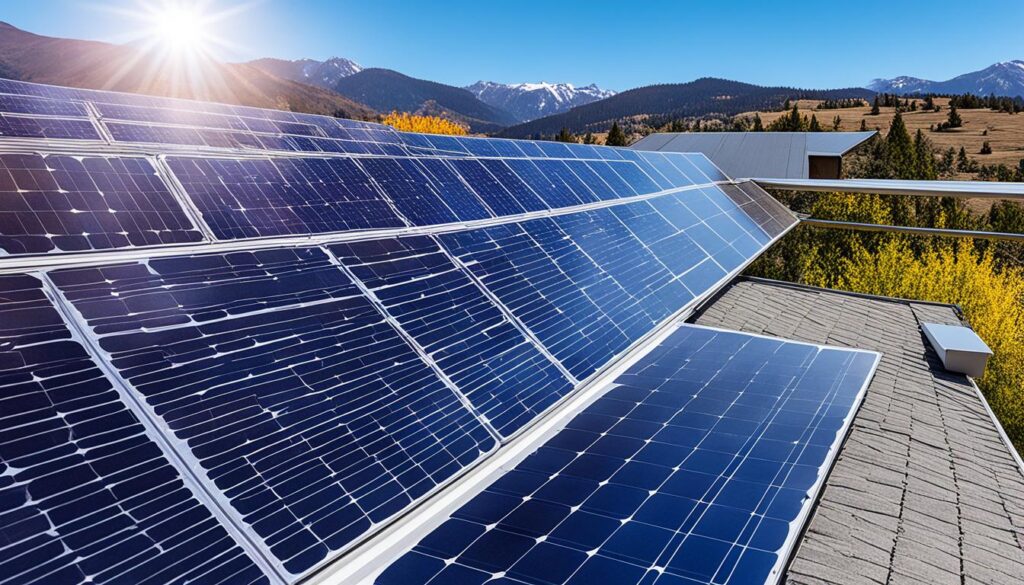
| Factors | Impact on PV Capacity |
|---|---|
| Solar Panel Efficiency | Higher efficiency leads to increased capacity |
| Sunlight Intensity | Higher intensity results in greater PV capacity |
| Temperature | Hotter temperatures can reduce panel efficiency and lower capacity |
| Shading | Obstructions can reduce sunlight reaching the panels, decreasing capacity |
Benefits of Understanding PV Capacity
Understanding PV capacity offers numerous advantages. Firstly, it provides us with the ability to accurately predict the energy production of solar installations. This knowledge is essential for effective planning and allocation of resources, ensuring that we can maximize the potential of solar energy systems. By harnessing the full PV capacity, both individuals and businesses can significantly reduce their dependence on traditional energy sources and experience substantial financial savings. Lowering electricity bills through solar energy generation is not only environmentally friendly but also an economically viable option for sustainable energy consumption.
In addition to the financial benefits, solar energy plays a crucial role in reducing carbon emissions and minimizing our overall environmental impact. By utilizing solar power, we can effectively contribute to the global effort for a greener future. The renewable nature of solar energy means that it does not deplete natural resources, ensuring long-term sustainability.
Incorporating solar installations into the grid can also enhance stability and reliability in the energy system. By understanding PV capacity and appropriately integrating solar power, we can create a more resilient and robust grid infrastructure. This enables us to better handle fluctuations in demand and mitigate the risks associated with power outages or disruptions.
FAQ
What is PV capacity?
PV capacity is the maximum amount of energy that a photovoltaic (PV) system can produce under optimal conditions. It is measured in kilowatts (kW) or megawatts (MW) and is a crucial metric for quantifying the potential of solar energy systems to power our future sustainably.
How is PV capacity determined?
PV capacity is determined by several factors. The efficiency of the solar panels plays a crucial role, as higher efficiency panels can convert a greater amount of sunlight into electricity, resulting in a higher capacity. Sunlight intensity is another important factor, with areas receiving more sunlight energy having increased PV capacity. Temperature also affects PV capacity, as hotter temperatures can reduce panel efficiency. Finally, shading from trees, buildings, or other obstructions can impact the amount of sunlight reaching the panels, lowering the overall capacity of the system.
What are the benefits of understanding PV capacity?
Understanding PV capacity allows for accurate prediction of energy production from solar installations, enabling better planning and resource allocation. This knowledge is essential for estimating the financial savings that can be achieved through solar energy generation. By utilizing the full PV capacity, individuals and businesses can significantly reduce their dependence on traditional energy sources and lower their electricity bills. Additionally, solar energy is clean and renewable, leading to reduced carbon emissions and a smaller environmental footprint. Properly integrating solar installations into the grid based on PV capacity can also improve overall energy system stability and reliability.

